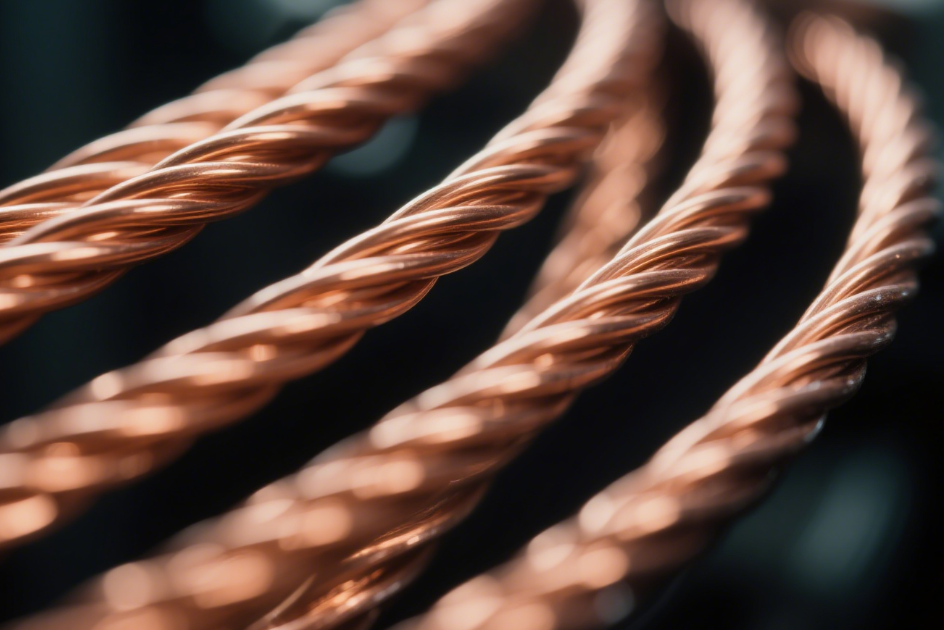Choosing the right winding wire is a foundational decision in any electrical or electronic project. For decades, solid copper was the undisputed standard. Today, however, Enameled Copper-Clad Aluminum (ECCA) wire presents a compelling alternative. At Rongda Wire, we produce both, and we believe in empowering our clients with clear, unbiased information. Let's break down the key technical differences between these two materials.

This is the most fundamental distinction.
Solid Copper Wire: As the name implies, this wire is 100% pure copper through and through. It's a single, homogenous material known for its excellent conductivity.
Copper-Clad Aluminum (ECCA) Wire: This is a bimetallic composite. It features a core of aluminum that is permanently bonded to an outer layer of copper. Our ECCA wire typically consists of 10% or 15% copper by volume.
This is a critical point of comparison for any electrical engineer.
Solid Copper: Sets the industry benchmark for conductivity. It has low electrical resistance, allowing it to carry more current efficiently in a smaller-diameter wire.
ECCA: Because its core is aluminum, ECCA has higher resistance than a solid copper wire of the same size. Its conductivity is approximately 61-63% that of pure copper. This means a larger gauge ECCA wire is needed to match the current-carrying capacity of a copper wire.
Here is where the trade-off becomes clear and ECCA gains a significant edge.
Solid Copper: It is a dense and relatively expensive commodity metal. Its price can fluctuate significantly, but it is consistently more costly than aluminum.
ECCA: Leveraging the low density and lower cost of its aluminum core, ECCA is much lighter and more affordable than its solid copper counterpart. For a given length and conductivity, an ECCA wire can be up to 50% lighter and provide substantial cost savings.
For applications involving alternating current (AC), especially at high frequencies, the comparison gets more interesting.
Solid Copper: Performs well at all frequencies, but the current is distributed throughout the conductor.
ECCA: At high frequencies, AC current tends to flow along the outer surface of a conductor. This is known as the "skin effect." Since the "skin" of an ECCA wire is pure copper, it performs nearly identically to a solid copper wire in many RF and high-frequency applications, but with the added benefits of lower weight and cost.
The decision comes down to your priorities:
Choose Solid Copper Wire when your application demands the absolute highest conductivity in the smallest possible space, and for high-power DC applications where low resistance is paramount.
Choose ECCA Wire when your primary drivers are reducing weight and cost, especially in high-frequency applications (like communication cables or voice coils) where the skin effect makes its performance competitive.